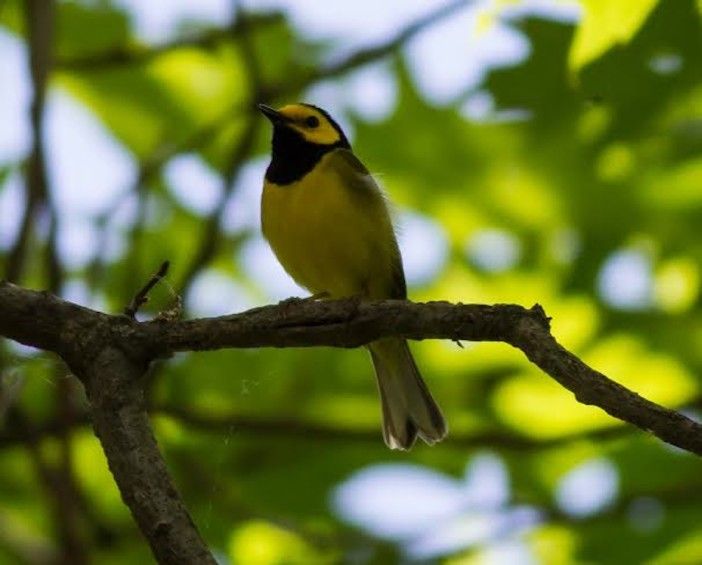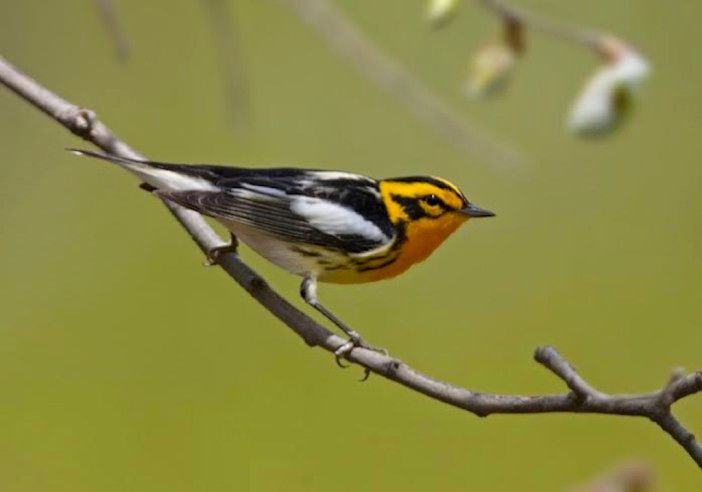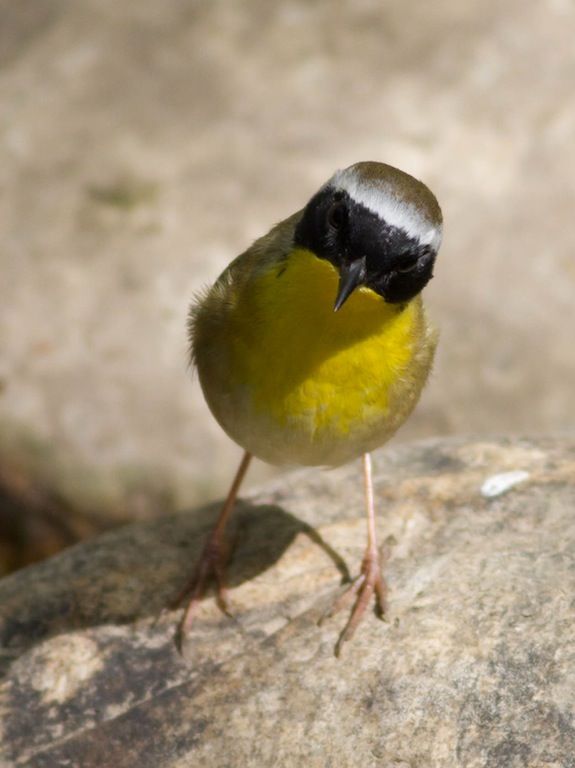It’s Migration Season And These Beautiful Birds Are In Our Area
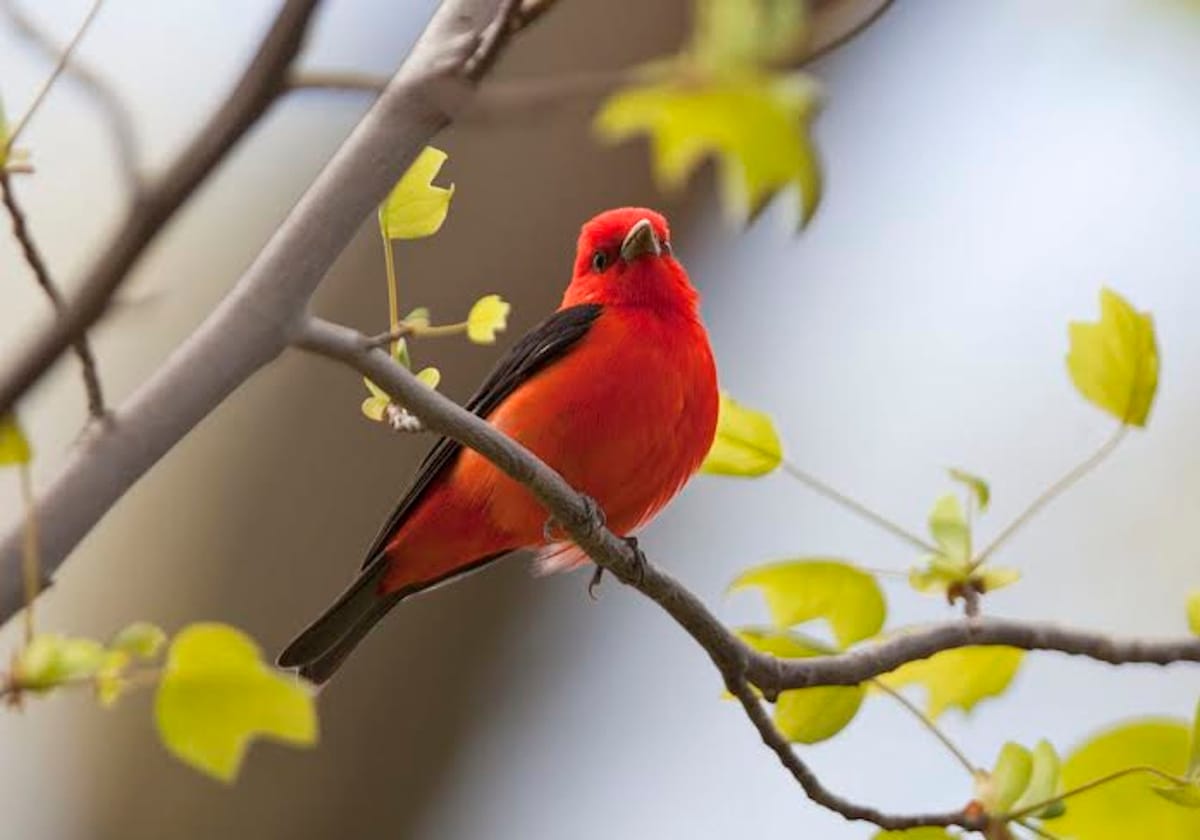

This is a wonderful time for bird watching, but it won’t last forever.
Birds of all types are returning from their winter stays to the south, and are traveling through our area now.
They fly through the night, and then funnel into large, green areas (“migrant traps”) like Prospect Park and Green-wood Cemetery in search of food, said Rob Bate, President of the Brooklyn Bird Club.
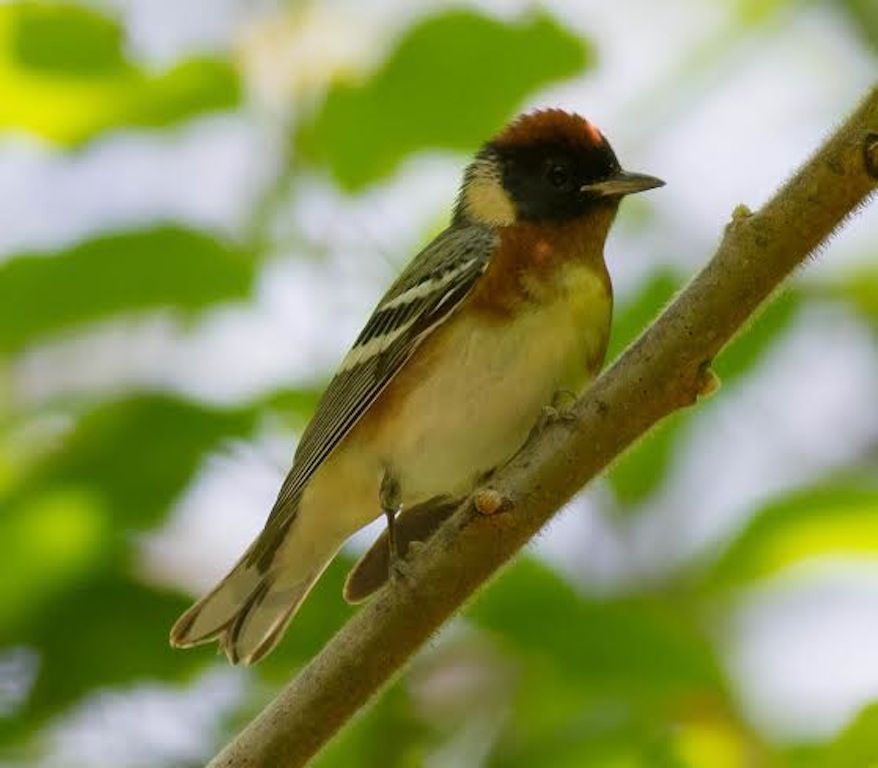
A diversity of bird types, including orioles, thrushes, and over thirty “brightly colored” species of warblers, will be in our area in April and May. “People come from all over the world” to see the abundance of birds, said Bate.
You can see some of these lovely creatures by joining the Club on their local walks. There is a walk for beginning bird watchers every Saturday at noon, which leaves from the Prospect Park Audubon Center. Binoculars are provided!
The Club also has early morning — 7:15am — walks on Tuesdays, Thursdays and Saturdays in Prospect Park. The early morning is a great time to see the birds because they are “really hungry — very active and vocal,” Bate explained.
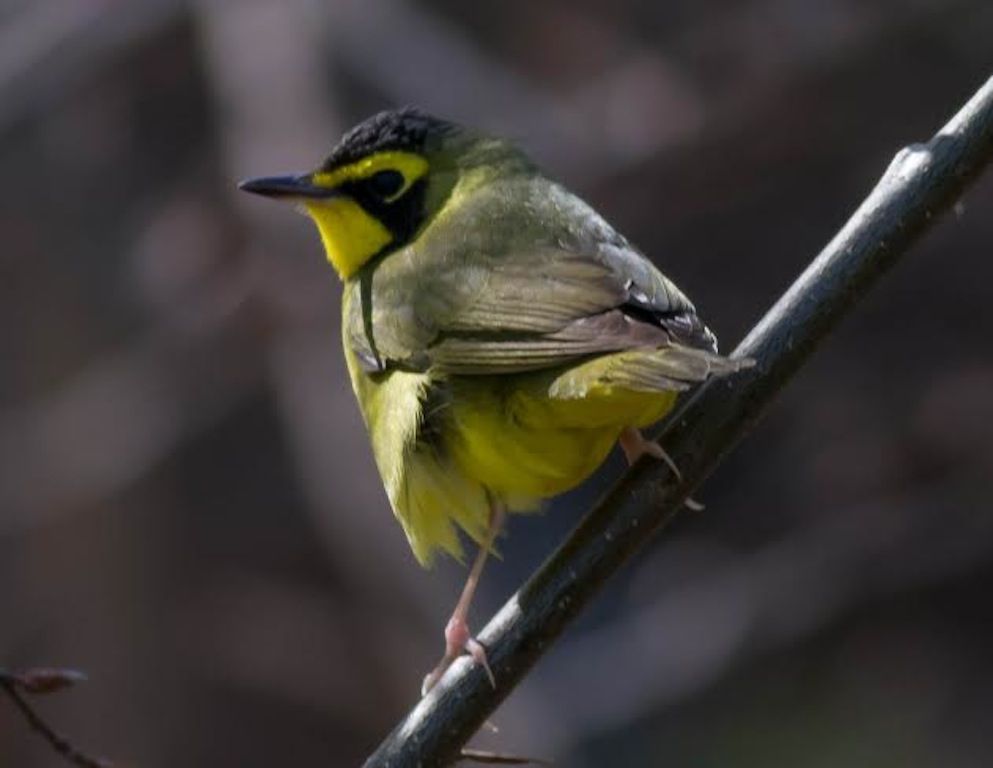
On a good day during migration season, it is possible to see 100 species of birds, Bate said. A good number of the warblers are headed all the way to central Canada, to the Boreal Forest, he explained. Some species of warblers, however, will stay in our area for the warm weather months.
The birds are traveling along what is known as the Atlantic Flyway. Some of these intrepid flyers will make their way as far north as New Foundland; others will eventually veer east into New England; while some will head west into New York State.
There has been a gradual shift — and diminishment in number — of the types of bird species that are stopping in Prospect Park and Green-wood, Bate said. Birders have seen a great decline in songbirds, for instance, which is mainly due to habitat loss, he said.
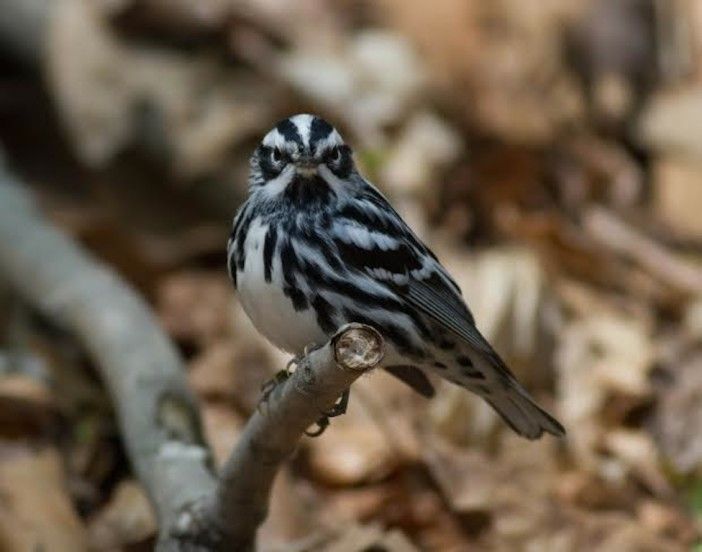
Warblers that were typically seen in warmer-climates are now appearing in Brooklyn, while other types of the small bird (such as the blue-winged warbler) are disappearing from our area.
The overall trend is that bird species are steadily moving northward as the world’s climate changes, Bate observed.
